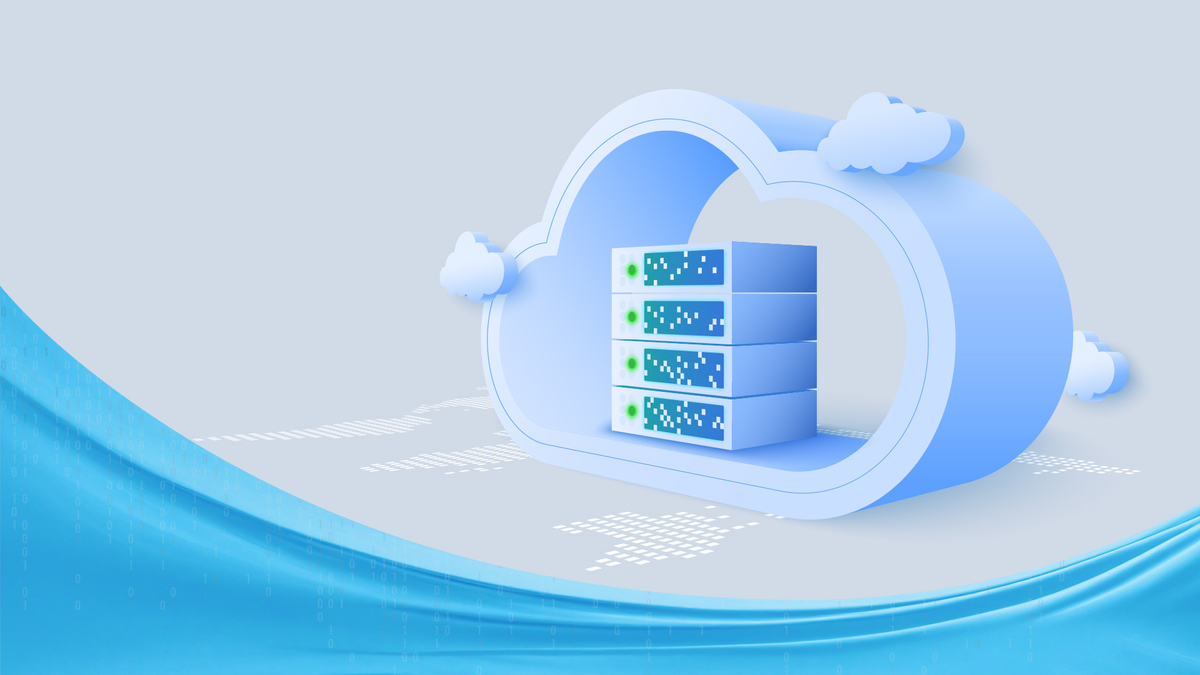By leveraging data-driven technology, companies can gain deeper insights into customer behavior and operational processes that allow them to become more agile and efficient.
This datafication is transforming how businesses operate in the modern world.
But what, precisely, is datafication? And how can you reap the significant benefits while avoiding potential pitfalls?
Read on to find out…
What is Datafication?
Datafication is the process of taking raw data from various sources—such as web analytics or customer surveys—and transforming it into useful insights that can help guide business decisions. This includes gathering, cleaning, organizing, analyzing, visualizing, and interpreting the data to extract valuable information from it.
By leveraging data-driven insights derived from datafication processes businesses can make better-informed decisions about their products/services offerings as well as marketing strategies. Additionally, they can identify trends in customer behavior which allows them to tailor their services accordingly while also gaining a competitive edge over other companies in their industry by being able to anticipate changes before they happen. Furthermore, this type of analysis helps organizations save time by automating certain tasks thus improving efficiency overall.
These processes may include:
- Predictive analytics – e.g. forecasting future sales based on past performance.
- Sentiment analysis – e.g. gauging public opinion towards a product/service offering or brand image through social media platforms such as Twitter or Facebook.
- Natural language processing (NLP) – e.g. understanding user intent when interacting with chatbots on websites or mobile applications.
How Does Datafication Impact Businesses?
Datafication enables businesses to streamline operations by automating manual tasks that are time-consuming or require specialized skillsets. For example, an organization may use automation software to quickly generate reports from large datasets without having to manually analyze the data. Automation also allows companies to reduce costs associated with labor-intensive activities such as payroll processing or inventory management.
With access to real-time analytics, organizations can make more informed decisions based on accurate data rather than relying on intuition alone. Datafication provides a comprehensive view of business performance across multiple departments which helps executives identify trends in customer behavior or areas where improvements need to be made to maximize profits. Additionally, predictive analytics allow companies to anticipate future needs so they can better prepare for changes in market conditions or consumer demand.
Challenges with Implementing Datafication Strategies
Implementing a successful datafication strategy can come with its own set of challenges.
Among them:
- Security Concerns and Compliance Issues. Data security is an important consideration when it comes to any type of digital transformation project. Companies must ensure their systems are secure from external threats as well as internal ones such as employee negligence or malicious intent. Additionally, companies must also comply with applicable laws and regulations related to data privacy and protection for their strategies to be successful.
- Cost of Adopting New Technologies. Implementing a new technology requires significant investments in terms of both time and money. Companies need to invest in hardware infrastructure, software licenses, training materials, etc., all while ensuring they have the right personnel on board who understand how these technologies work together to realize maximum value from the investment.
- Lack of Skilled Resources. Finding skilled resources who understand how these technologies work together can be difficult due to the complexity involved with integrating multiple systems into one cohesive platform. Additionally, there may not always be enough people available who possess the necessary skillset required for this kind of implementation which could further delay projects or lead them astray if not handled properly by experienced professionals.
Final Thoughts
In conclusion, datafication is an important tool for businesses to stay competitive in today’s digital landscape. While there are challenges associated with implementing a successful datafication strategy, the potential benefits make it worth exploring. By leveraging the power of data-driven technology, companies can unlock new opportunities and gain insights into their customers that would otherwise be unavailable. With careful planning and execution, businesses can use datafication to take their operations to the next level.
Are you a CIO, CTO, or senior technology executive looking for solutions to help drive datafication within your organization? OZ Digital Consulting can help! Our team of experienced professionals is here to provide the best solutions and advice for your business needs. From data analytics, enterprise integration, and intelligent automation, web/mobile applications, Cloud and IT services—we have the expertise to make sure that your transition is seamless. Let us be your guide in this digital journey–contact us today for a free consultation!



